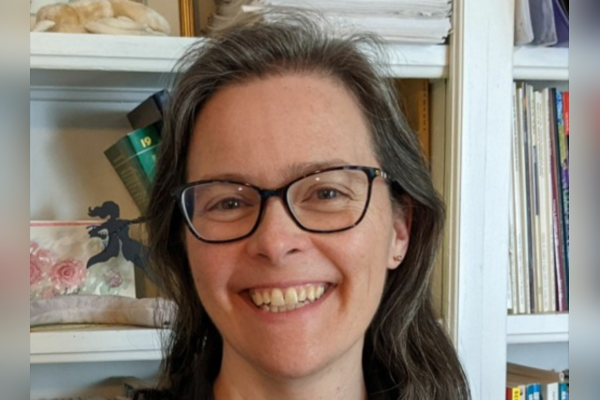
Title: The Mathematics of Development
Speaker: Adriana Dawes
Abstract: Development is one of the greatest multiscale problems in biology, linking molecular interactions to cellular dynamics and ultimately to the emergence of tissue and organismal form. In this talk, I will show how mathematical modeling can drive biological discovery by revealing organizing principles that are often hidden in experimental data. At the subcellular scale, I will discuss stochastic models of polymer growth. When analyzed using topological data analysis and homogenization theory, we can bridge stochastic and continuum descriptions to reveal how molecular fluctuations give rise to robust structural organization. At the single-cell level, I will discuss our ODE-, PDE-, and SDE-based models of microtubule, dynein, and centrosome protein dynamics. Analysis of these models predicted specific structural asymmetries that we then confirmed experimentally, revealing how cytoskeletal mechanics and feedback shape spatial organization within the cell. At the tissue scale, I will discuss network-theoretic and dynamical systems approaches that identify mechanisms underlying switch-like, oscillatory, and homeostatic behaviors in protein signaling networks, providing a quantitative framework for understanding how conserved signaling pathways generate robust yet diverse developmental patterns. Finally, at the organismal scale, I will introduce our entropy-based measure of symmetry, a broadly applicable framework that reveals evidence of convergent evolution, improves machine learning classification, and uncovers fundamental symmetry properties. Together, these studies illustrate how mathematical approaches including stochastic processes, topology, network analysis, and nonlinear dynamics, can integrate information across varying spatial and temporal scales, guide experiments, uncover hidden mechanisms, and reveal unifying principles that link molecular processes to the diversity of biological forms
